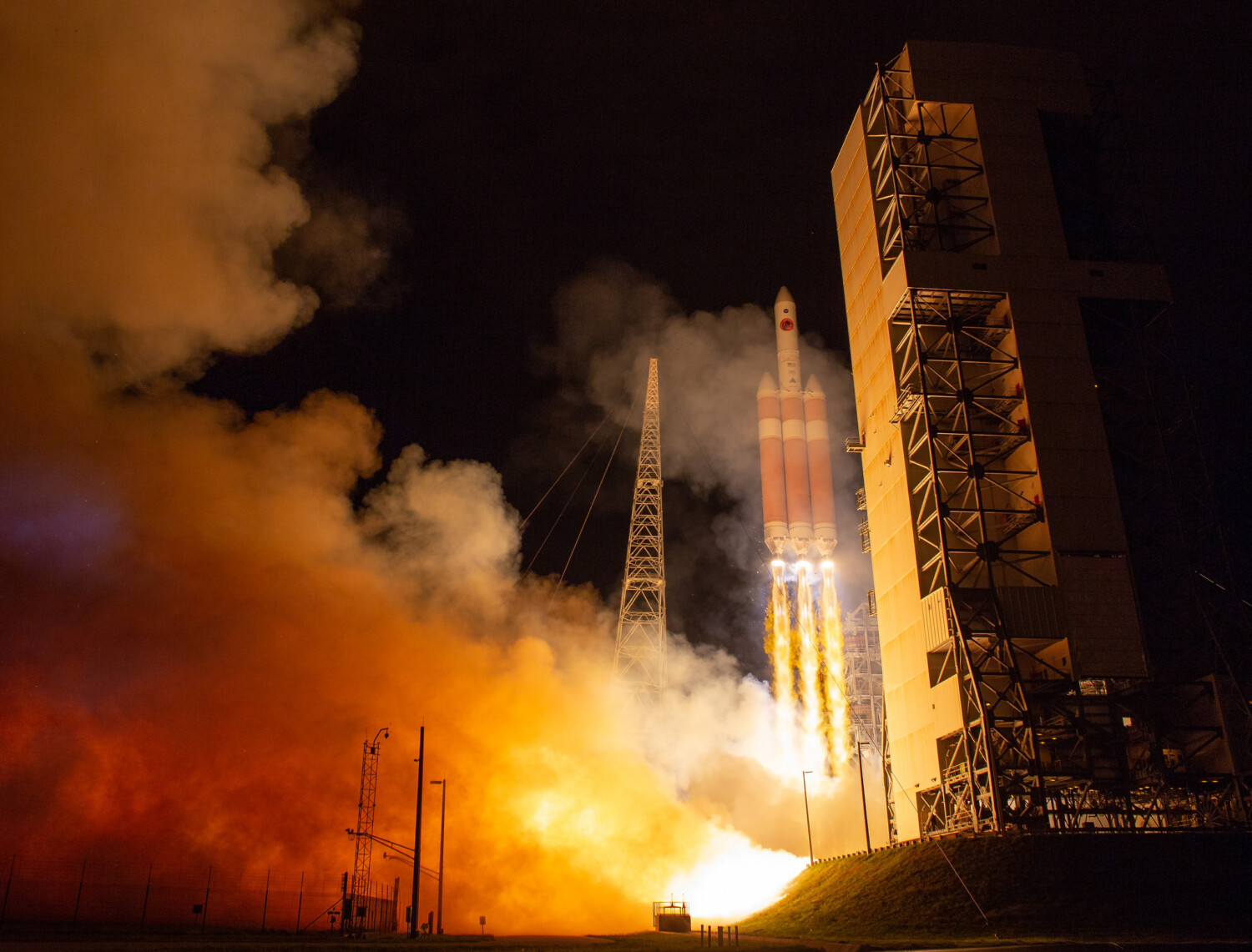NASA’s investigations into the cosmos just keep getting cooler and cooler. Think: the James Webb Space Telescope, the Curiosity rover on Mars, and the OSIRIS-REx asteroid mission, which ends with a live broadcast on Sunday.
In all the excitement, you’d be forgiven for missing this amazing moment: NASA’s Parker Solar Probe soared through a massive explosion of solar plasma and got video of the encounter.
Launched in 2018, the probe’s job is to explore the outer edges of the sun’s atmosphere, known as the corona, and make observations about solar wind and “weather.”
This exciting encounter was not part of the plan — just a case of being in the right place at the right time.

In September 2022, Parker was cruising along collecting data, when suddenly an enormous coronal mass ejection, or CME, shot out of the sun and into the probe’s path.
Unfazed, Parker just kept going. All in a day’s work, presumably, when your job is to get as close as possible to the radioactive inferno at the center of our solar system.
CMEs develop under the same conditions as solar flares, but are larger and slower — it can take minutes for the effects of a solar flare to reach Earth, but CMEs take at least 15-18 hours and up to three days to get here. NASA says the difference between the two is like the difference between the muzzle flash from a cannon (a solar flare), which is seen immediately after firing everywhere in the vicinity, and the actual cannonball being propelled forward in one direction (the CME).
In Parker’s video, you can see swirling interplanetary dust as the probe tracks along the sun’s surface. Suddenly, around 18 seconds in, the video explodes into psychedelic swirls and flames as Parker passes through the CME.
Check out the clip, posted last week by the Johns Hopkins Applied Physics Laboratory:
MORE: Scientists discover star-eating black holes spit them back out years later
Though this is the first time a human spacecraft has passed through such an explosion, one of the largest ever recorded (it lasted nearly two full days), the opportunity to study a CME got scientists really excited. Among the scientific papers published in the wake of the probe’s encounter is one that proved even the dust expelled by the CME is fascinating.
That’s because a 2003 paper theorized that CMEs’ interactions with interplanetary dust can affect the Earth. This may endanger our satellites, disrupt communications and knock out power grids. So, if we can predict how fast CMEs travel, we could lessen their impact.
“These interactions between CMEs and dust were theorized two decades ago, but had not been observed until Parker Solar Probe viewed a CME act like a vacuum cleaner, clearing the dust out of its path,” said Guillermo Stenborg, an astrophysicist at the Johns Hopkins Applied Physics Laboratory, who built the probe. He is the lead author of a new paper on the CME.
Everybody’s happy! The scientists got crucial, up-close observation of a theorized phenomenon. And the rest of us space-watchers got an awesome — in the truest sense of the word — video to share.
MORE: NASA detects Voyager 2 ‘heartbeat’ after losing contact in July
Any products or services mentioned above were selected independent of sales and advertising. However, Simplemost may receive a small commission from the purchase of any products or services through an affiliate link to the retailer's website.
This story originally appeared on Simplemost. Check out Simplemost for additional stories.


